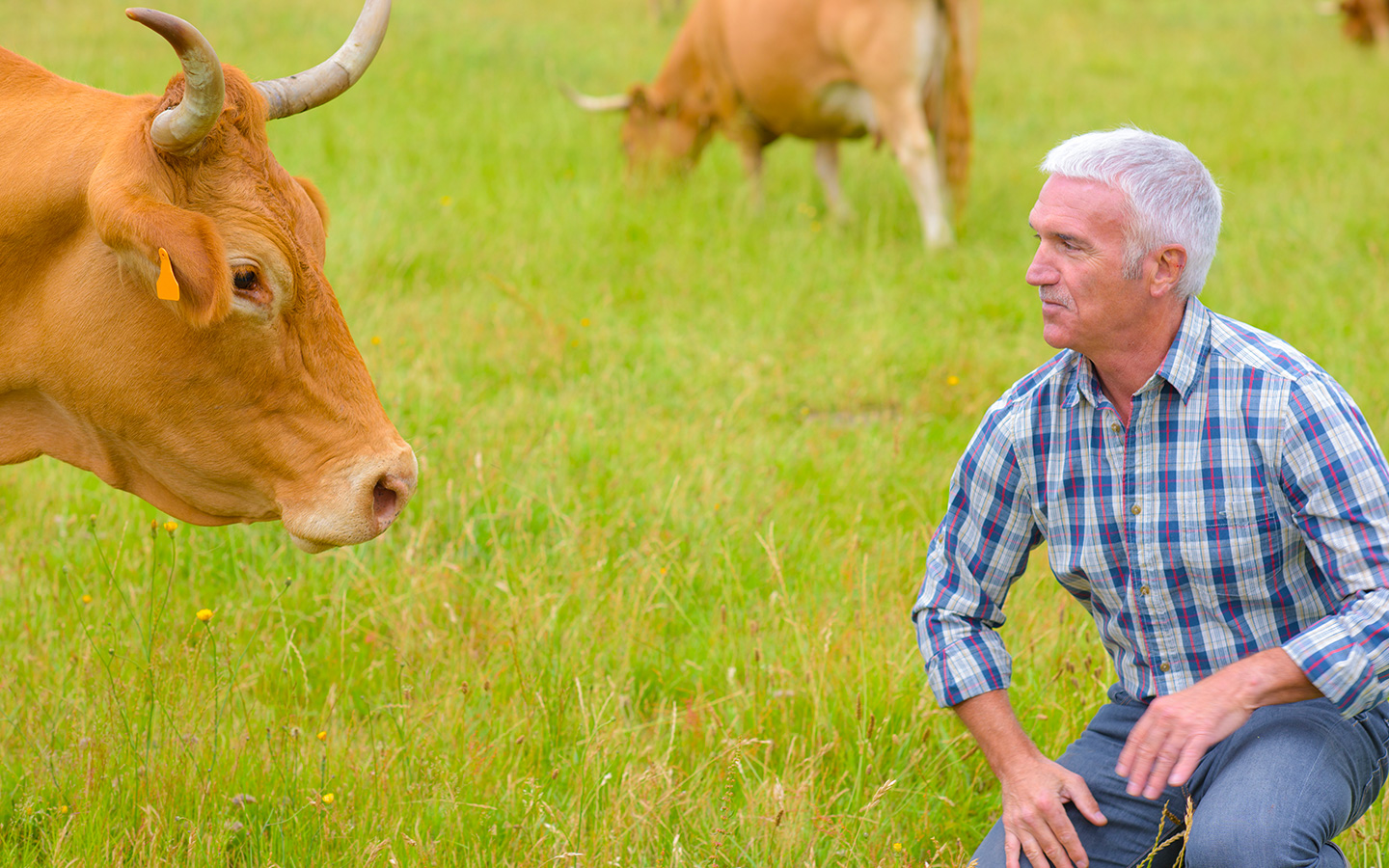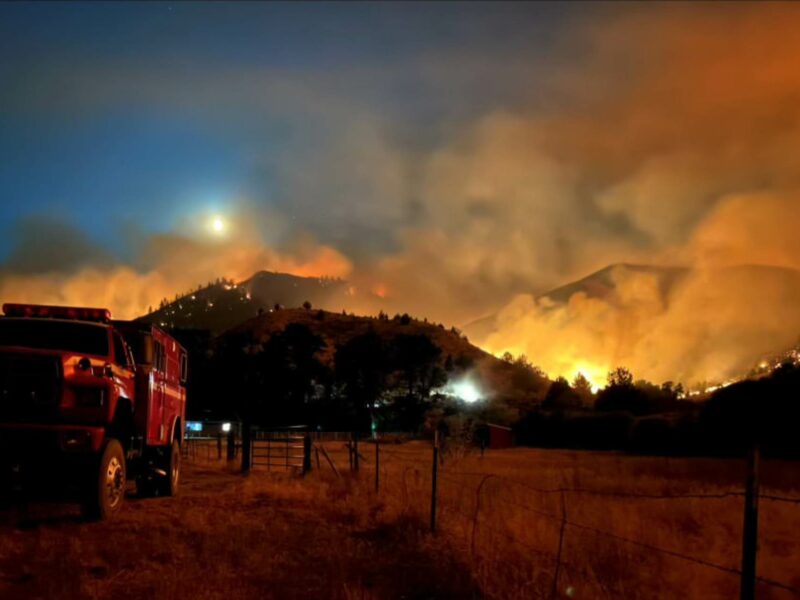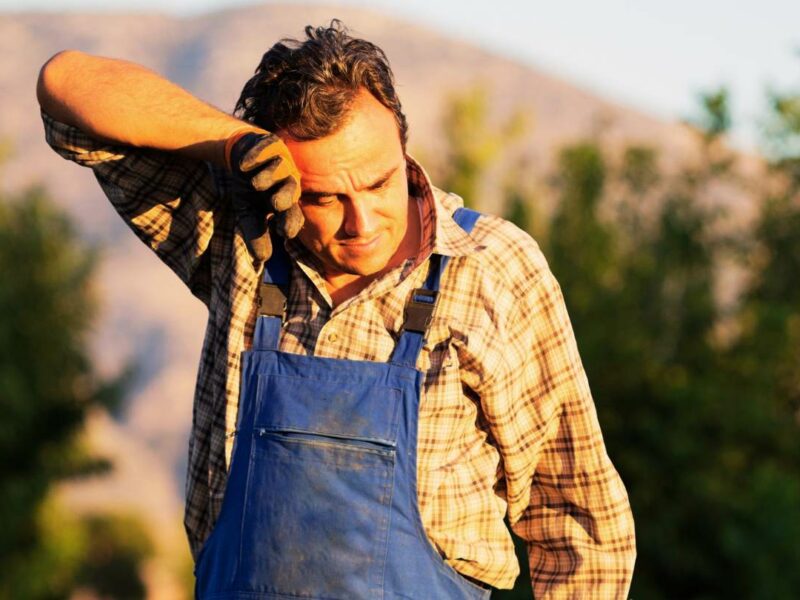
Why all the good ranchers are on their knees
Land stewards recognize the importance of spending time on the land. It is not uncommon to find those who manage land kneeling on the prairie holding a fistful of soil that slowly sifts through their fingers or looking up at a stand of trees.
Recent research published in Rangelands confirms that this careful observation of the land can be used to manage livestock grazing for the benefit of ecological health and livestock production. In the article “Plant Phenology: Taking the Pulse of Rangelands” Dawn Browning and colleagues discuss using plant phenology – the timing of plant life-cycle events – as an “integrative indicator of species responses to environmental conditions.” Understanding phenology can help managers time livestock grazing or forecast grassland productivity.
From field observations to satellite imagery, technology is advancing to provide managers information at varying spatial and temporal scales. The authors describe the use of phenocams—near-surface cameras—to improve remote monitoring by further informing field and satellite data. As this technology advances, managers will be able to increase management effectiveness by timing events such as vegetative treatments and targeted livestock grazing in a manner that best contributes to the ecological health of rangelands.
“Plant Phenology: Taking the Pulse of Rangelands.” Rangelands. Dawn M. Browning, Keirith A. Snyder and Jeffrey E. Herrick. www.sciencedirect.com/science/article/pii/S0190052818301238




